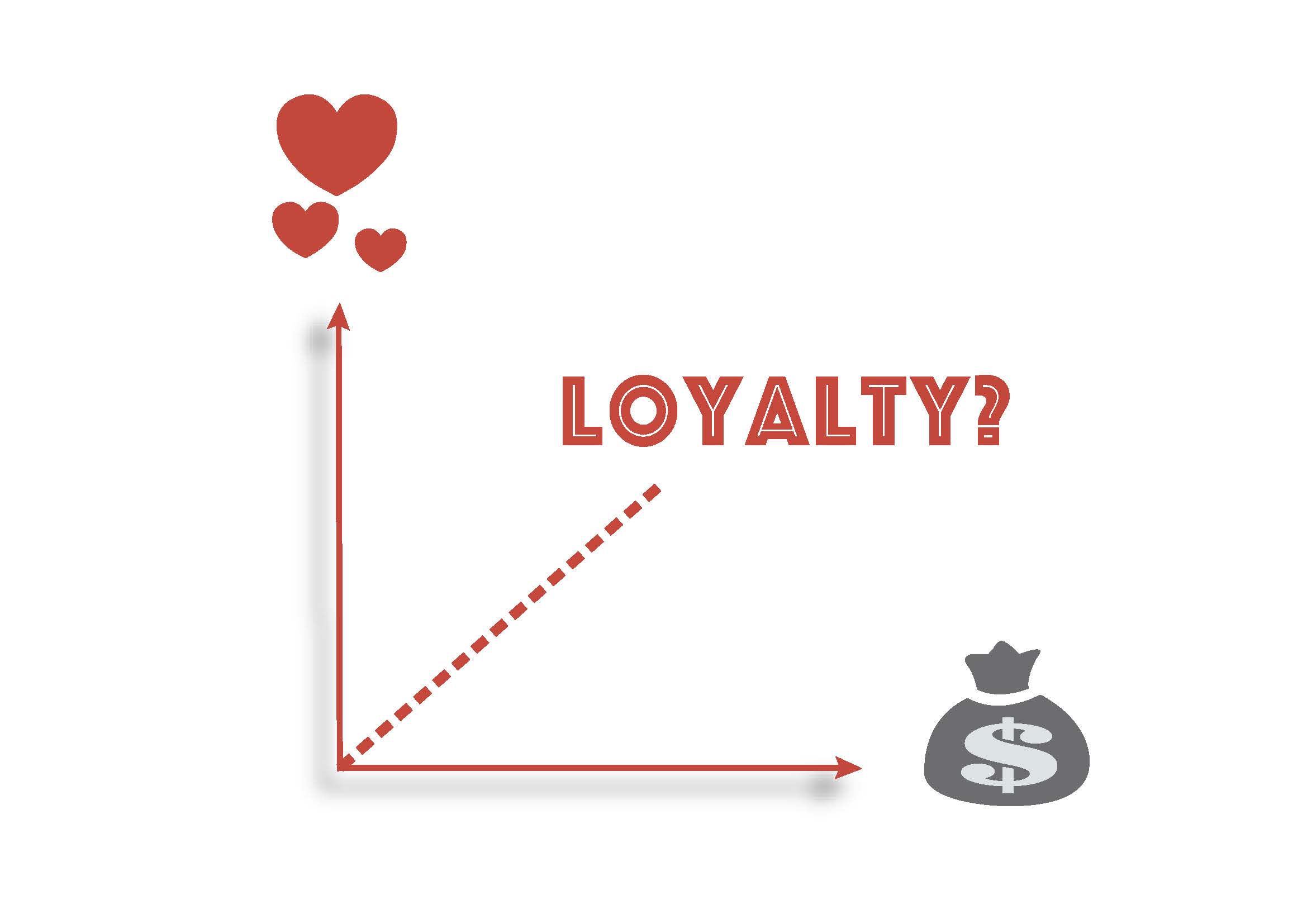In our latest loyalty research study ‘for love or money 2017: Customer loyalty – the marketers’ point of view’ we put forward 16 different metrics to understand how marketers measure the success of their customer loyalty strategies.
The 16 measures provided were (in randomised order):
- Customer satisfaction
- Repeat purchase rate
- Return on loyalty investment
- Profit per existing customer
- Referrals generated
- Customer retention rate
- Revenue growth from existing customers
- Customer lifetime value
- Net promoter score
- Customer attrition rates
- Brand health
- Share of wallet
- Advertising awareness
- Customer tenure
- Product depth
- Revenue per existing customer
The top 5 metrics used to measure the success of customer loyalty strategies, as identified by marketers were:
- Repeat purchase rate
- Net promoter score
- Customer retention rate
- Customer satisfaction
- Revenue growth from existing customers
This is a generic set of measures and therefore each measure and their success (movement up or down from a benchmark) will be unique to every organisation, the product or service they sell, customer purchase cycle and how they transact and interact with their customers.
So what?
Determine what customer loyalty is relative to your organisation and your customers (see article "Understanding loyalty to invest in loyalty") and then you can decide which metrics of customer loyalty are important to measure.
If you would like more detail on what loyalty is (consumers vs marketers) as well as the most effective metric of success for customer loyalty, the details are in the latest report ‘for love or money 2017: Customer loyalty – the marketers’ point of view’
Have a happy loyalty day!


